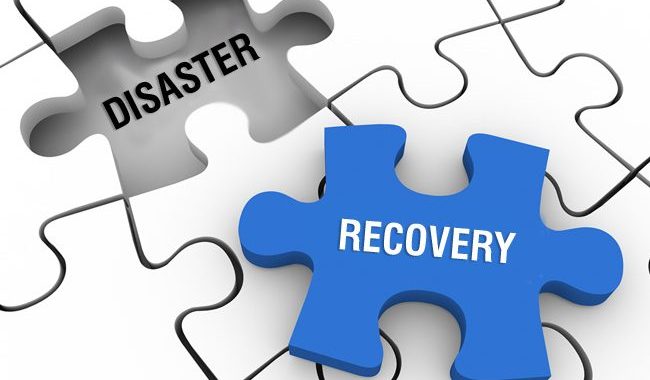Disasters are situations that every business hopes to avoid, but every business must prepare for them nevertheless. While many of us have worked through the pandemic by adapting to this particular disaster through the utilization of remote work, cloud collaboration, and video conferencing, this is but one of many such disaster scenarios businesses may confront as we move forward.
Examples of high risk disasters that frequently impact unprepared businesses
- Critical information resources unavailable (apps, cloud, server, etc). Imagine having no access to the data and applications you use to prosecute business.
- Systems not working or unavailable (computer, mobile device, etc). Your devices aren’t working, and yet the world doesn’t stop turning.
- Internet access not functioning, preventing access to email, cloud, telephone service, online banking, and more.
- Office is not accessible. Your workplace building shuts down, or has a disaster that prevents office access.
- Leadership or other key team members incapacitated or worse. Sickness, accidents, or other tragic events befall your company.
- Natural disaster or attack (whether kinetic or a large scale hack). An earthquake, hurricane, or flood leaves your locality damaged and you stranded.

Scenarios that companies can run through to recover from disasters more rapidly
- Simulate a lack of access to your critical information. Do you have offline backups, locally accessible applications, or other mechanisms to work around this problem? If not, what can be done to bridge that gap? An example recovery procedure would be having a more comprehensive backup system so that cloud data is captured locally, and easily utilized, thus putting it in to production from the backup right away to minimize disruption.
- What happens if your primary computers and/or mobile devices stop working? Many businesses do not have backup devices available should their primary systems fail or be attacked. But an electrical event, natural disaster, ransomware, or other situation may bring down company systems and necessitate immediate replacement. As a result, it’s important to calculate the time involved with replacing key systems, and whether that loss of productivity is affordable or if backup systems should be costed out and implemented.
- Internet outages can vary from seconds to days depending on what happened and why. Would your business suffer if your Internet access stopped working? Do you have a backup provider that you can switch over to easily and preferably automatically? If not, how long would setting secondary Internet access up take and what kind of productivity loss would that involve?
- If your primary workspace is impacted and physically unavailable what does that mean for your business? What if any on-site resources (servers, technology appliances, telephony, etc) are unavailable for an extended period of time? Does your business have the capacity to continue working? If not, how long would it take to replace everything and get operational? Does that potential cost warrant some level of redundancy to improve recovery times?
- Nobody wants to think about the worst case scenario – if an important colleague is out for an extended period of time (or indefinitely). But it’s a critical situation to consider because it can happen and we must plan to mitigate the risks involved should it transpire. Think about each member of your company’s team and what would happen if they were unavailable. Then consider the consequences to productivity, collaboration, operations, and how their responsibilities would ultimately be executed. A plan should be in place just in case.
- As weather patterns become increasingly volatile, we have to consider the possibility that some forms natural disasters are becoming more common. Think about what an extended period of time with infrastructure data (power, Internet, water, ability to commute, etc) would do to your business and how you may be able to prepare for such scenarios to reduce losses and improve resiliency.
The above potential disasters and recovery scenarios are meant to help provide a glimpse at what companies should think about when planning their disaster recovery and business continuity policies and not meant as a complete list. It is also important to consider outside of the business itself how each disaster and recovery scenario may impact clients, vendors, and contractual obligations.
If your business needs help with disaster recovery and business continuity planning, policy creation, or training we can help. Reach out to connect with one of our experts.

